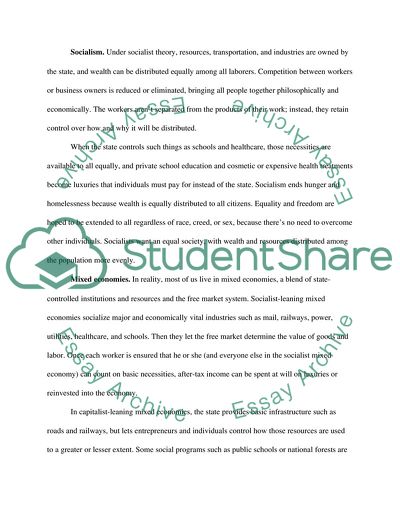Cite this document
(“Advantages and Disadvantages of Living in a Capitalist vs a Socialist Essay”, n.d.)
Retrieved from https://studentshare.org/sociology/1548811-socialism-see-instructions-below
Retrieved from https://studentshare.org/sociology/1548811-socialism-see-instructions-below
(Advantages and Disadvantages of Living in a Capitalist Vs a Socialist Essay)
https://studentshare.org/sociology/1548811-socialism-see-instructions-below.
https://studentshare.org/sociology/1548811-socialism-see-instructions-below.
“Advantages and Disadvantages of Living in a Capitalist Vs a Socialist Essay”, n.d. https://studentshare.org/sociology/1548811-socialism-see-instructions-below.


